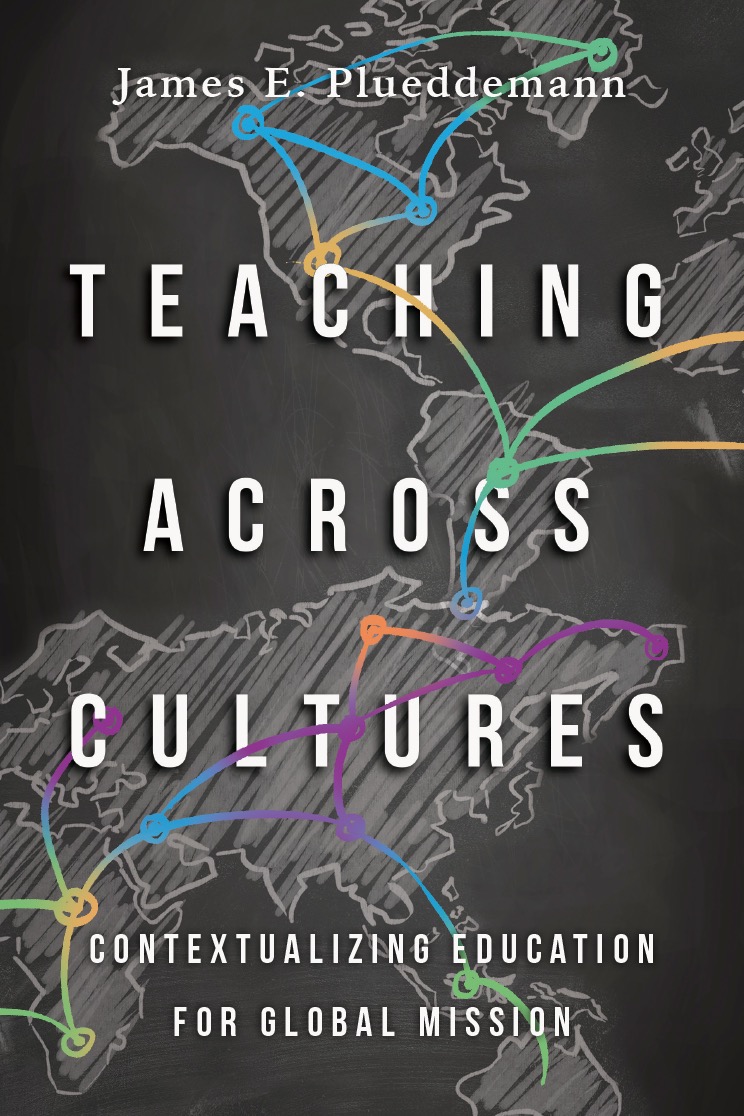contextualizing education
Select an item by clicking its checkbox
Date Reviewed: December 10, 2019
As a Roman trained missiologist who teaches intercultural pedagogy and ministry, as someone who grew up on the US-Mexican border and who has worked in religious formation since the age of twelve, I was drawn to this book’s title and cover design, a world map on a chalk board. I am blessed with a large number of international graduate students, most of whom will be returning to their home countries or will be called to work internationally. The book’s title seemed a tall order – but it did not in the least disappoint.
Penned by a seasoned missiologist and professor who knows how to draw educationally from his extensive international travel and work abroad, the work is exceptionally readable, one which strives to integrate course content, or knowledge of the biblical tradition, with contemporary human experience, or alternatively phrased, an appreciation for an ongoing dialogue between a course being content-centered and student-centered. Plueddemann does this especially by engaging Edward Hall’s highly effective categories of “high and low context” styles of communication, together with Geert and Gert Jan Hofstede’s development of power distance. Filled with examples and anecdotes, not only from his own teaching but also from other practitioners appropriately placed at the end of every chapter, he makes a strong case for paying attention to biblical pedagogy, one which is profoundly experiential and cognizant of diverse contexts. His sources are carefully selected so as not to overwhelm the reader with jargon and very applicable to those wishing to respectfully do global Christian mission in a way in which Bible and culture inform each other, especially in contexts which are much more communal than our U.S. contexts. His brief inclusion of key learning theorists such as Piaget, Lewis, Dewey, MacDonald, and Freire show their continued relevance, and provide a necessary bibliography for further study.
It is not often that we find good pedagogical material specifically aimed at teaching theology or religion, so this little gem is a welcome one, a work carefully tailored to shifting contexts, learning styles, and contemporary media globalization. Much to my amazement, Plueddemann’s tools can be applied to a variety of educational tasks such as teaching language, preaching, summer camp work, Sunday school, mentoring and coaching, and even parenting. His appreciation of the teaching potential of novels and other forms of art provides ways in which teachers unfamiliar with local contexts can begin to enter these learners’ worlds. Teaching across Cultures’ ecumenical sensibilities, similarly, such as the inclusion of the work of Thomas H. Groome, well-known in Catholic educational circles, makes it a useful text beyond the Protestant world.
Will I assign this text? Definitely! My own use of some of the biblical and anthropological tools he cites will be enhanced by his examples of how they can be applied to educational and pastoral settings, not only to those which demand intercultural sensitivity, but even to those which we think we already understand.
